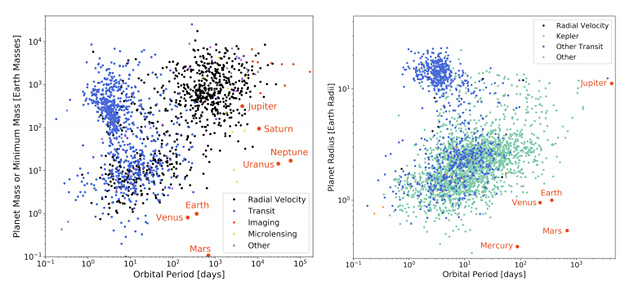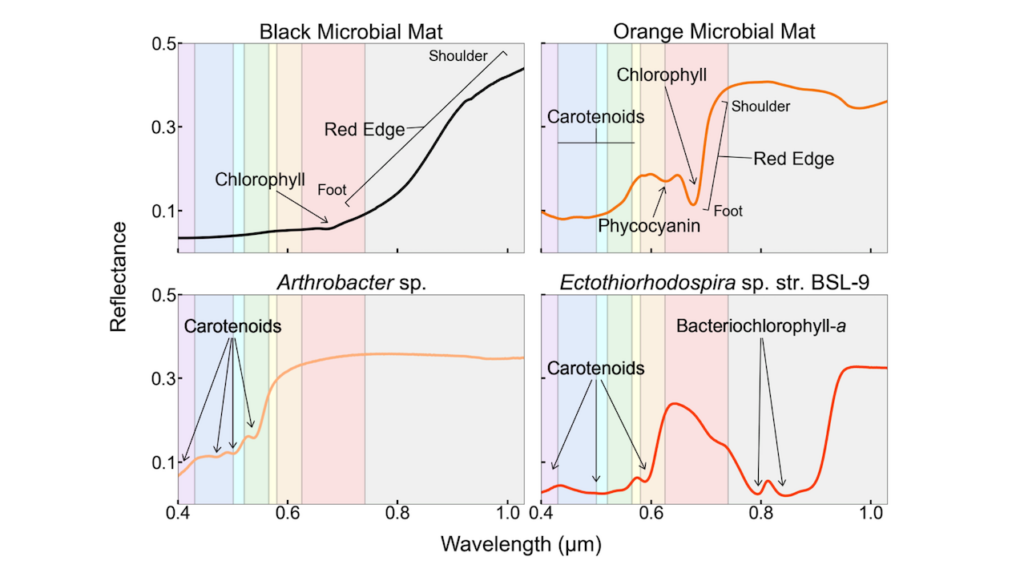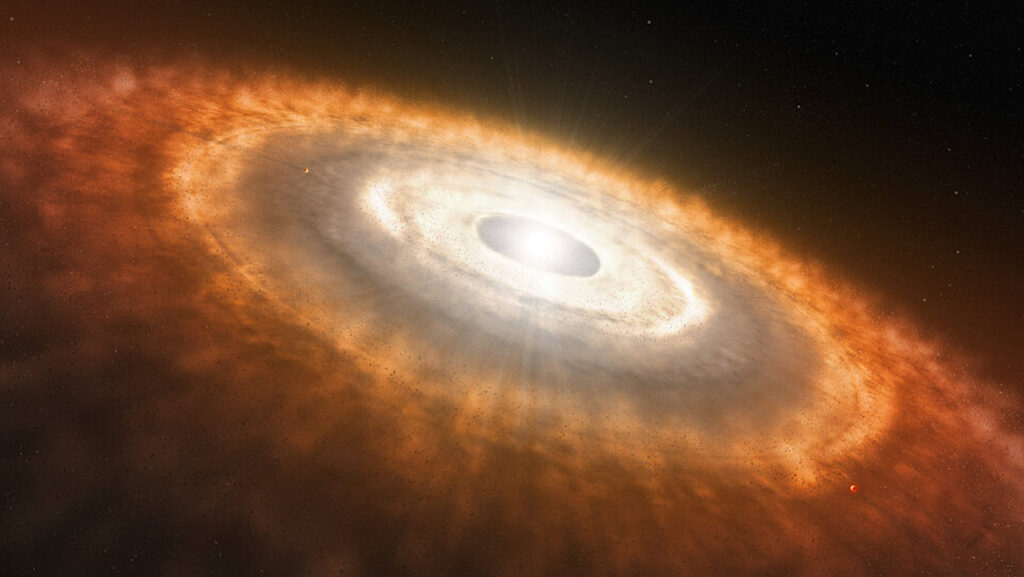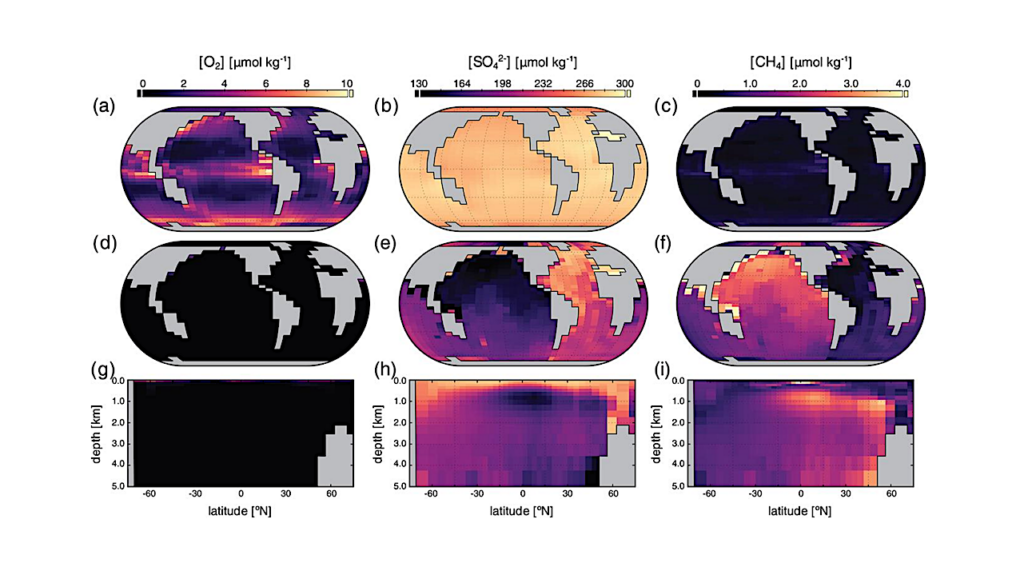The Demographics of Exoplanets

In the broadest sense, the primary goal of exoplanet demographic surveys is to determine the frequency and distribution of planets as a function of as many of the physical parameters that may influence planet formation and evolution as possible, over as broad of a range of these parameters as possible.
Empirically-determined exoplanet demographics provide the ground truth that all planet formation and evolution theories must reproduce. By comparing these planet distributions to the predictions of planet formation theories, we can begin to both test and refine these theories.
In this chapter, we review the major results on exoplanet demographics to date. In this context, we identify a set of important open questions that remain to be answered. We outline the challenges of measuring the demographics of exoplanets using the variety of detection methods at our disposal. Finally, we summarize some of the future opportunities for refining and expanding our understanding of exoplanet demographics.
B. Scott Gaudi, Jessie L. Christiansen, Michael R. Meyer Comments: 25 pages, 3 figures. To appear as a book chapter in “ExoFrontiers: Big questions in exoplanetary science”, Ed. N Madhusudhan (Bristol: IOP Publishing Ltd) AAS-IOP ebooks, this https URL Subjects:
Earth and Planetary Astrophysics (astro-ph.EP); Solar and Stellar
Astrophysics (astro-ph.SR) Cite as: arXiv:2011.04703 [astro-ph.EP] (or arXiv:2011.04703v1 [astro-ph.EP] for this version) Submission history From: B. Scott Gaudi
[v1] Mon, 9 Nov 2020 19:29:30 UTC (6,018 KB)
https://arxiv.org/abs/2011.04703
Astrobiology








